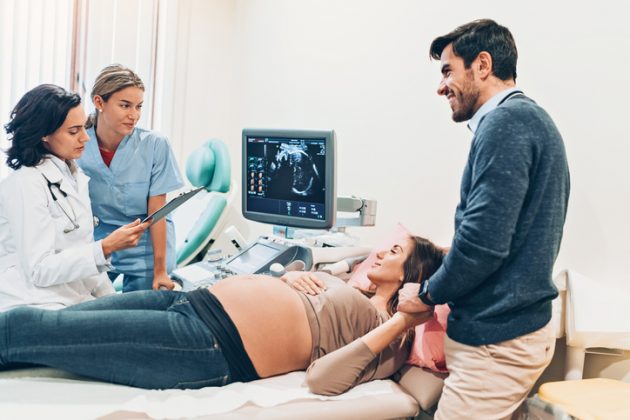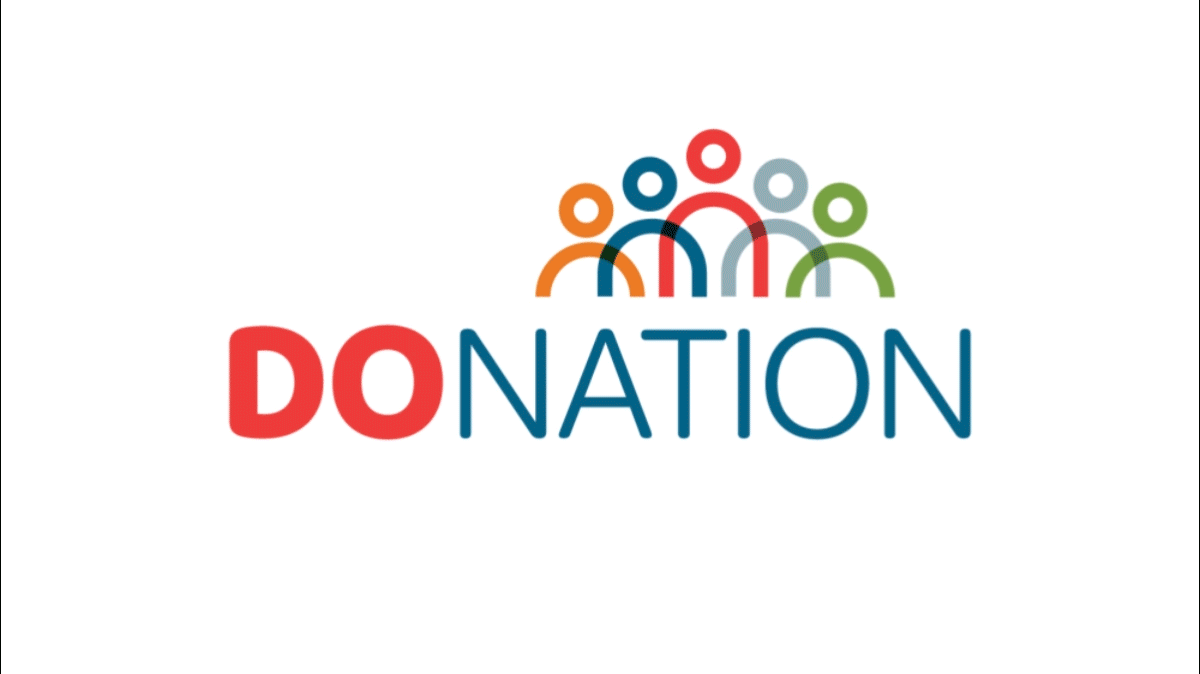The United States is currently facing a maternal health crisis, which has not only led to a maternal mortality rate that is among the highest in high-income countries, but also disproportionately affects people of color. To address this crisis, the Centers for Medicare and Medicaid Services (CMS) is finalizing new national health and safety standards, known as conditions of participation (CoPs), for hospitals and Critical Access Hospitals (CAHs) that offer obstetrical (OB) services as part of CMS’ multi-pronged approach to improve maternal health outcomes. These CoPs include new requirements for maternal quality assessment and performance improvement (QAPI), baseline standards for the organization, staffing, and delivery of OB care, and staff training on evidence-based maternal health practices. These final requirements ensure that all Medicare and Medicaid participating hospitals and CAHs offering these services are held to a consistent standard of high-quality maternity care that protects the health and safety of pregnant, birthing, and postpartum patients.
CMS is also finalizing revisions to the CoP related to emergency readiness for hospitals and CAHs that provide emergency services. Lastly, CMS is finalizing revisions to the Discharge Planning CoP for all hospitals related to transfer protocols.
Given commenter feedback, CMS is finalizing a phased-in implementation for these new requirements in an effort to balance the need for improved maternal health outcomes, while addressing potential burden concerns raised and providing additional clarity on the standards, including flexibilities offered.
Provisions for OB Services’ CoP
Organization and Staffing
CMS is finalizing a requirement that OB services be well organized and provided in accordance with nationally recognized acceptable standards of practice for the health care (including physical and behavioral health) of pregnant, birthing, and postpartum patients. We are also finalizing that the organization of the OB services be appropriate to the scope of services offered by the facility and be integrated with other departments in the facility. Additionally, we are finalizing a requirement that OB patient care units be supervised by an individual with the necessary education and training, such as an experienced registered nurse (RN), certified midwife, nurse practitioner, physician assistant, or Doctor of Medicine or osteopathy. Lastly, we are finalizing a requirement that OB privileges be granted subject to written criteria for all practitioners providing OB care in accordance with the current requirements for hospitals and CAHs.
Delivery of service
CMS will require that that basic equipment for treating OB cases (including a call-in-system, cardiac monitor, and fetal doppler/monitor) be kept at the facility and be readily available for treating OB cases in order to meet the needs of patients in accordance with the scope, volume, and complexity of services offered by the facility. While CMS is finalizing the requirement that this basic set of equipment should be in place in hospitals and CAHs providing OB services to ensure efficient, effective delivery of care as well as a timely response to emergency situations, we recognize that low-volume facilities may not need the same level of equipment as high-volume facilities. Therefore, we are finalizing this requirement with revisions to clarify that hospitals and CAHs must have this obstetrical equipment readily available at a minimum within the facility. We note that hospitals and CAHs may maintain these and other obstetrical emergency supplies in “crash carts,” “obstetrical emergency carts/bags/boxes/kits,”[2] “OB hemorrhage carts,”[3] or other readily accessible method for use when and where needed. We expect facilities to stock equipment in a manner that aligns with the facility’s scope, volume, and complexity of OB services offered (that is, per facility, per unit, or per room in order to meet the needs of patients).
Lastly, CMS is finalizing a requirement that the facility ensure that it has adequate, readily available provisions and protocols consistent with nationally recognized and evidence-based guidelines for OB emergencies, complications, immediate post-delivery care, and other patient health and safety events. Although we are not requiring specific items, examples of provisions would include equipment, supplies, and blood used in treating emergency cases.
Staff Training
CMS is finalizing a requirement that hospitals and CAHs develop policies and procedures to ensure that relevant staff are trained on certain topics aimed at improving the delivery of maternal care. CMS requires that these training topics reflect the scope and complexity of services offered, including, but not limited to, facility-identified, evidence-based, best practices and protocols to improve the delivery of maternal care within the facility. Additionally, CMS is finalizing a requirement that hospitals and CAHs use findings from their QAPI programs to inform staff training needs and any additions, revisions, or updates to training topics on an ongoing basis. While we proposed that each hospital and CAH must identify and document which staff must complete training on an annual basis, we are modifying our finalized policy based on public comment to require that: 1) relevant new staff receive initial training and 2) that the hospital and CAH identify which staff must complete training every two years instead of annually. Hospitals and CAHs must also document in staff personnel records that training was successfully completed and be able to demonstrate staff knowledge on the training topics identified.
Quality Assessment and Performance Improvement (QAPI) Program
CMS is finalizing requirements that hospitals or CAHs providing OB services must use their QAPI programs to assess and improve health outcomes and disparities among OB patients on an ongoing basis. This marks the first time that facilities must use their QAPI programs to address health disparities. Specifically, at a minimum, the facility will have to:
- Analyze data and quality indicators collected for the QAPI program by diverse subpopulations as identified by the facility among OB patients.
- Measure, analyze, and track data, measures, and quality indicators on patient outcomes and disparities in processes of care, services and operations, and outcomes among obstetrical patients.
- Analyze and prioritize patient health outcomes and disparities, develop and implement actions to improve patient health outcomes and disparities, measure results, and track performance to ensure improvements are sustained when disparities exist among obstetrical patients.
- Conduct at least one performance improvement project focused on improving health outcomes and disparities among the hospital’s population(s) of obstetrical patients annually.
We will also require that obstetrical services’ leadership engage in OB QAPI activities. Lastly, CMS is finalizing a requirement that if a Maternal Mortality Review Committee (MMRC) is available at the state, Tribal, or local jurisdiction in which the facility is located, hospitals and CAHs that offer OB services must have a process for incorporating publicly available information and data from the MMRC into the hospital or CAH QAPI program.
Emergency Services’ Readiness
CMS is finalizing a revised Emergency Services’ CoP to improve facility readiness in caring for emergency services’ patients, including pregnant, birthing, and postpartum women. These new requirements apply to all hospitals and CAHs offering emergency services, regardless of whether they provide specialty services, such as OB services. CMS will require that hospitals and CAHs with emergency services have adequate provisions and protocols to meet the emergency needs of patients. Specifically, hospitals and CAHs must have protocols consistent with nationally recognized and evidence-based guidelines for the care of patients with emergency conditions. Additionally, we are requiring that applicable staff be trained on these protocols and provisions annually, and documentation would be expected to show that staff have successfully completed such training and can demonstrate knowledge on these topics.
Lastly, CMS is finalizing, for hospitals only, a requirement that such facilities set aside provisions for emergencies. Such provisions include equipment, supplies, and medication used in treating emergency cases. Although we are not requiring specific items, the available provisions must include:
- Drugs, blood and blood products, and biologicals commonly used in lifesaving procedures.
- Equipment and supplies commonly used in lifesaving procedures.
- Call-in system for each patient in each emergency services’ treatment area.
Of note, the emergency supply requirements would not be necessary for CAHs and Rural Emergency Hospitals (REHs), as CAHs and REHs already have emergency supply requirements included in their CoPs.
Transfer Protocols
CMS is finalizing the requirement for a hospital to have written policies and procedures for transferring patients under its care, which will include intra-hospital transfers of hospital inpatients (for example, transfers from the emergency room to inpatient admissions, transfers between inpatient units in the same hospital, and transfers between inpatient units at different hospitals), to the appropriate level of care as needed to meet the patient’s needs. Lastly, we are finalizing the proposed requirement that hospitals must provide training to the relevant staff regarding the hospital policies and procedures for transferring patients under its care, with the modification that the training must be done annually. This modification ensures that hospital staff are following the same procedures regarding patient transfers, that staff are informed about any changes in transfer protocols, and that staff conduct transfers safely and by minimizing errors.
Implementation Phase-In
CMS received many comments requesting sufficient time for hospitals and CAHs to meet these new requirements. CMS is, therefore, implementing these provisions in three phases over two years:
- Phase 1 requires facilities to comply with the following requirements six months following the effective date of the final rule
- Emergency services’ readiness for hospitals and CAHs.
- Transfer protocols for hospitals only.
- Phase 2 requires facilities to comply with the following requirements one year following the effective date of the final rule:
- Organization, staffing, and delivery of services for hospitals and CAHs.
- Phase 3 requires facilities to comply with the following requirements two years following the effective date of the final rule:
- OB staff training in hospitals and CAHs.
- QAPI program for OB services in hospitals and CAHs.
Click here to view the CMS press release.




